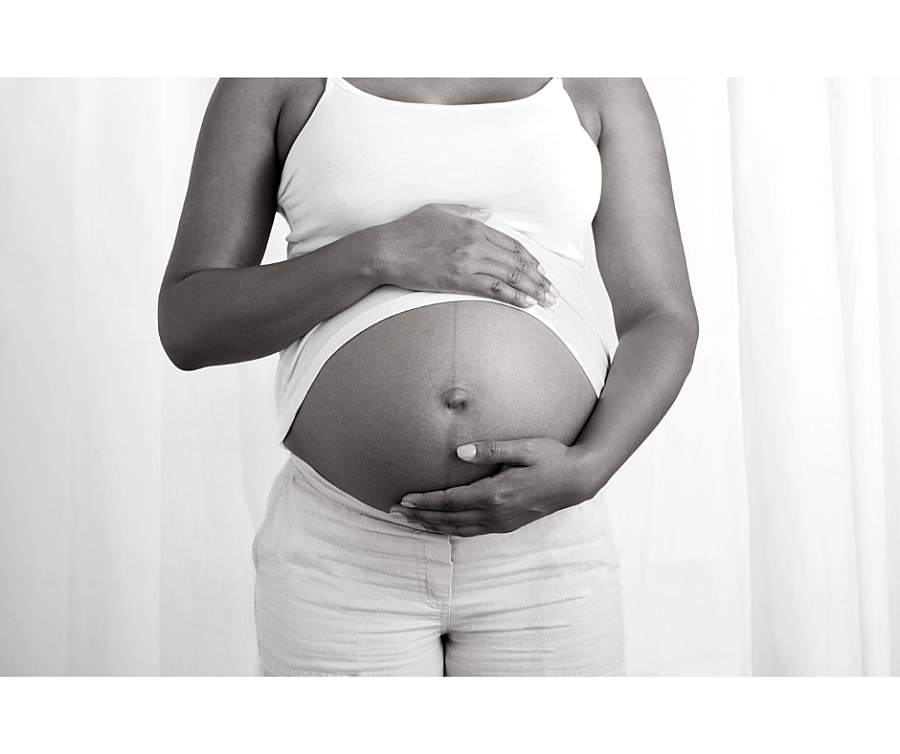Mothers and babies keep dying at high rates in Oklahoma

(Image via Kassie McClung/Canva)
Babies and pregnant women in Oklahoma have some of the worst health outcomes in the nation.
The state is the fourth-deadliest state when it comes to deaths of pregnant women and mothers, and it has the fifth-worst infant mortality rate, according to the Centers for Disease Control and Prevention.
For my 2021 National Fellowship project, I’ll take a deep dive into the problems that harm Oklahoma’s women and children, and examine the causes and solutions. I’ll share the stories of women and families who are affected by the state’s shortcomings, and speak with those who have the power to improve them.
A lack of access to health care plays a role in both infant and maternal mortality: Oklahoma has one of the highest uninsured rates in the nation, and many rural hospitals have closed.
The problem is much worse for Black Oklahomans and American Indians.
Black women are two and a half times more likely to die than White women during pregnancy or shortly after giving birth. Black babies die at more than double the rate of White babies, and American Indian babies die at nearly twice the rate as White babies.
The number of premature births has driven Oklahoma to have one of the highest infant mortality rates in the nation, and among Black babies here, the rate of premature births is 39% higher than among White babies.
Maternal and infant health is a key measurement of a community’s development and its health care systems. In recent years, maternal mortality, as well as infant deaths caused by prematurity, have increased in Oklahoma.
On average, one woman dies every 12 hours in the U.S., but the causes and solutions aren’t uniform across the country. That’s why it’s vital to understand the problems specific to Oklahoma so decision makers can address the problems at the local level, such as health care provider shortages or disparities in certain populations, Dr. Rahul Gupta told me last year. Gupta is the chief medical and health officer and senior vice president at the March of Dimes.
“It becomes very important at the state level that we understand better the data in order to then develop plans to be able to address that data,” Gupta said.
In Oklahoma, an average of 11 women die each year, and the number of women dying during pregnancy or in the 42 days after pregnancy is on the rise. The most recent data, taken from 2016 to 2018, shows 24.9 maternal deaths out of every 100,000 live births, according to state health data. From 2011 to 2014 the rate was at 15.1.
For every woman who dies, about 70 experience potentially fatal complications, accounting for nearly 2% of all births in the state in 2017, according to data obtained from the Oklahoma State Department of Health. The complications included severe bleeding, infections and heart failure.
A state committee investigates maternal deaths and issues recommendations on how to avoid them. The committee only started recording whether fatalities might have been preventable last year.
In October 2020, the committee released its first-ever report on maternal mortality. The report found seven of the eight deaths reviewed might have been prevented with proper and timely medical care. Delays in medical intervention and a lack of access to health care were among the biggest contributors to the state’s maternal deaths, according to the report.
“Maternal deaths involve complex issues beyond the direct care a birthing facility provides,” the report said. “Issues that need attention include improving preconception health, early and continued prenatal care along with postpartum education.”
Infant mortality in Oklahoma has slowly decreased over the last decade. In 2019, the rate was 7 deaths per 100,000 live births, compared to 7.9 in 2009, according to state health data.
Still, racial disparities remain.
The landscape of health care in Oklahoma is changing, as benefits from Medicaid expansion recently went into effect on July 1. So far, almost 130,000 people have been approved for the benefits.
More than half of the state’s counties are considered health care deserts, and before Medicaid expansion, Oklahoma had the second-highest uninsured rate.
Other factors, such as rural hospital closures, are also changing what health care access looks like in the state. When I first started reporting on maternal and infant health in 2018, I was struck by Oklahoma’s high death rates and how little data existed on why women were dying.
Since then, several efforts, both on the state and local levels, have emerged to address these problems. This fellowship will help me take a deep dive into these complex issues and give them the attention they deserve.

